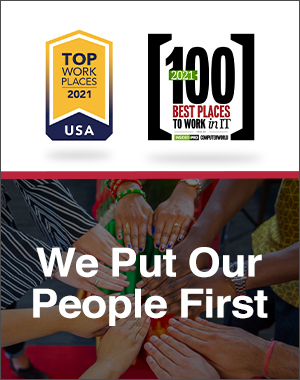
The transition to the Hospice Outcomes and Patient Evaluation (HOPE) assessment tool is expected to reshape quality reporting and patient assessment processes, ultimately impacting care delivery and future payment models.
Raianne Melton, RN, BSN, CHPN, Director of Clinical Services at Axxess, and Jennifer Kennedy, EdD, BSN, RN, CHC, Vice President of Quality, Compliance and Standards at Community Health Accreditation Partner (CHAP), discussed how hospice organizations can prepare for the transition to HOPE.
Understanding the Shift From HIS to HOPE
Hospices must prepare to transition from the Hospice Item Set (HIS) to HOPE, effective October 1.
The Centers for Medicare and Medicaid Services (CMS) has been working to standardize assessment tools across provider types. The implementation of HOPE provides a structured, comprehensive assessment framework.
Unlike HIS, which requires limited data collection at admission and discharge, HOPE introduces a more continuous assessment process, requiring up to four key assessment points:
-
Admission Assessment
-
HOPE Update Visit (HUV) #1 (Days 6-15)
-
HOPE Update Visit (HUV) #2 (Days 16-30)
-
Discharge Assessment
Symptom follow-up visits must occur within two calendar days, adding another layer of clinical and operational responsibility for hospice organizations.
“If you [the organization] want to do well, then you have to take the temperature of your organization,” said Kennedy.
Preparing for the Transition
It is important for providers to assess current processes, identify gaps and implement strategic improvements. This transition is an opportunity to improve patient care and data accuracy.
The following are key steps in preparing for the transition:
-
Evaluate Current Quality Measures: Understand your baseline performance to address gaps prior to full HOPE implementation.
-
Enhance Staff Training: Clinicians responsible for HUVs must be familiar with the new assessment requirements and documentation processes.
-
Develop Robust Tracking Systems: Effective tracking mechanisms must be in place to avoid compliance issues.
-
Address Potential Staffing Challenges: Have a well-planned approach to balance new requirements with existing responsibilities.
-
Align With EMR System Updates: Electronic Medical Record (EMR) vendors are expected to roll out updates to support HOPE compliance. Hospices should ensure they are prepared for testing and implementation.
Melton stressed the importance of proactive planning.
“You need to start today,” emphasized Melton. “The sooner you begin identifying gaps and creating improvement plans, the better prepared you will be for the transition.”
Future Payment Reforms
The future of HOPE includes the potential for payment reform and value-based purchasing, similar to the home health OASIS model.
The long-term goal of the HOPE tool is to reform hospice payments to align with CMS’ broader goals of cost containment and quality care.
Kennedy highlighted the importance of preparing for these payment changes, even though they are still in the early stages.
“CMS is always looking for ways to provide care to Medicare beneficiaries in the most cost-contained way without sacrificing any kind of quality,” said Kennedy.
Kennedy suggested that hospices should start thinking about strategic goals and how they will do business in the future.
“Providers need to get into that mindset, know that it is going to be coming, and figure out how they are going to meet that challenge when it comes,” explained Kennedy.
To learn more about how you can prepare for HOPE, register for AGILE 2025, May 5-7 in Dallas.
